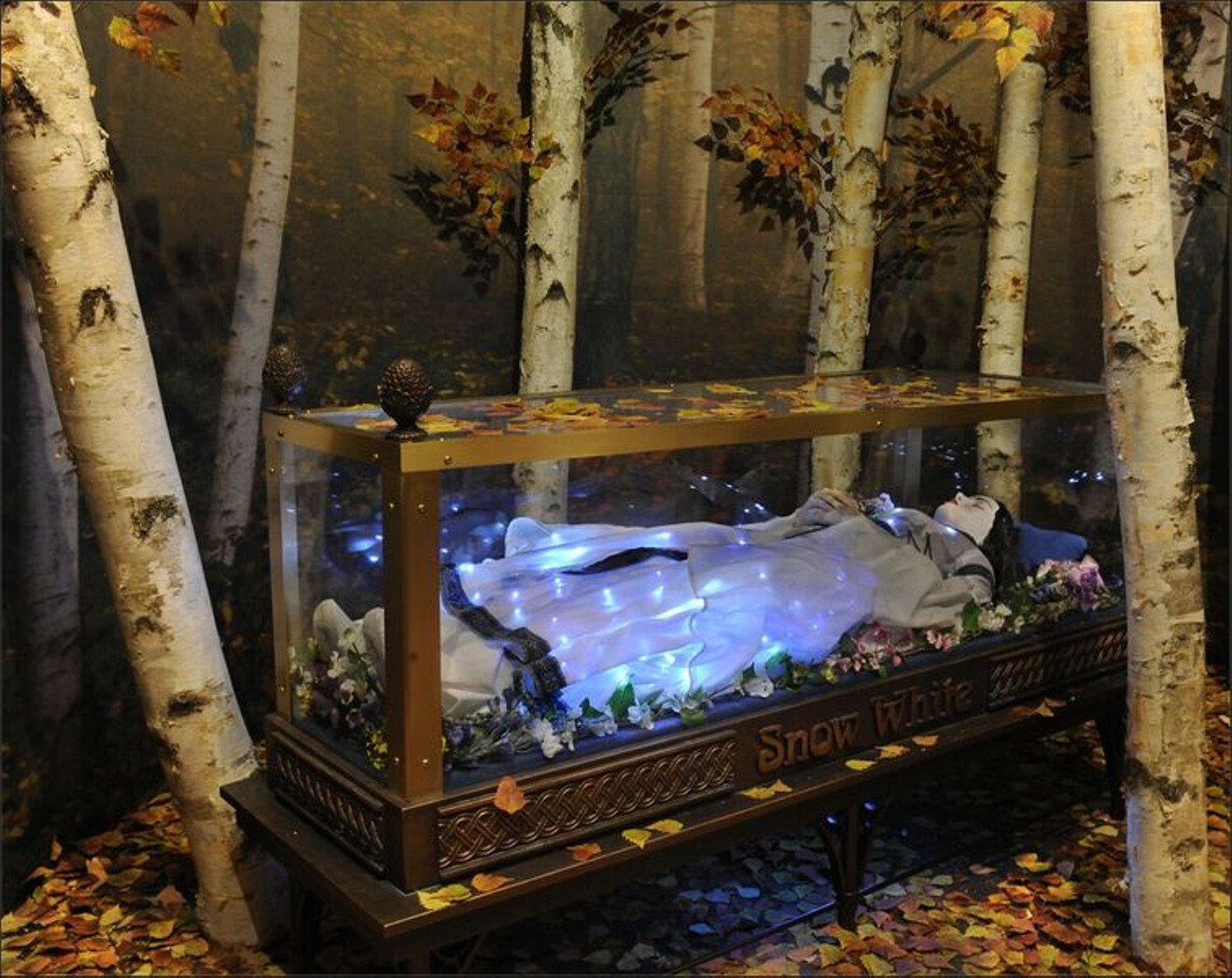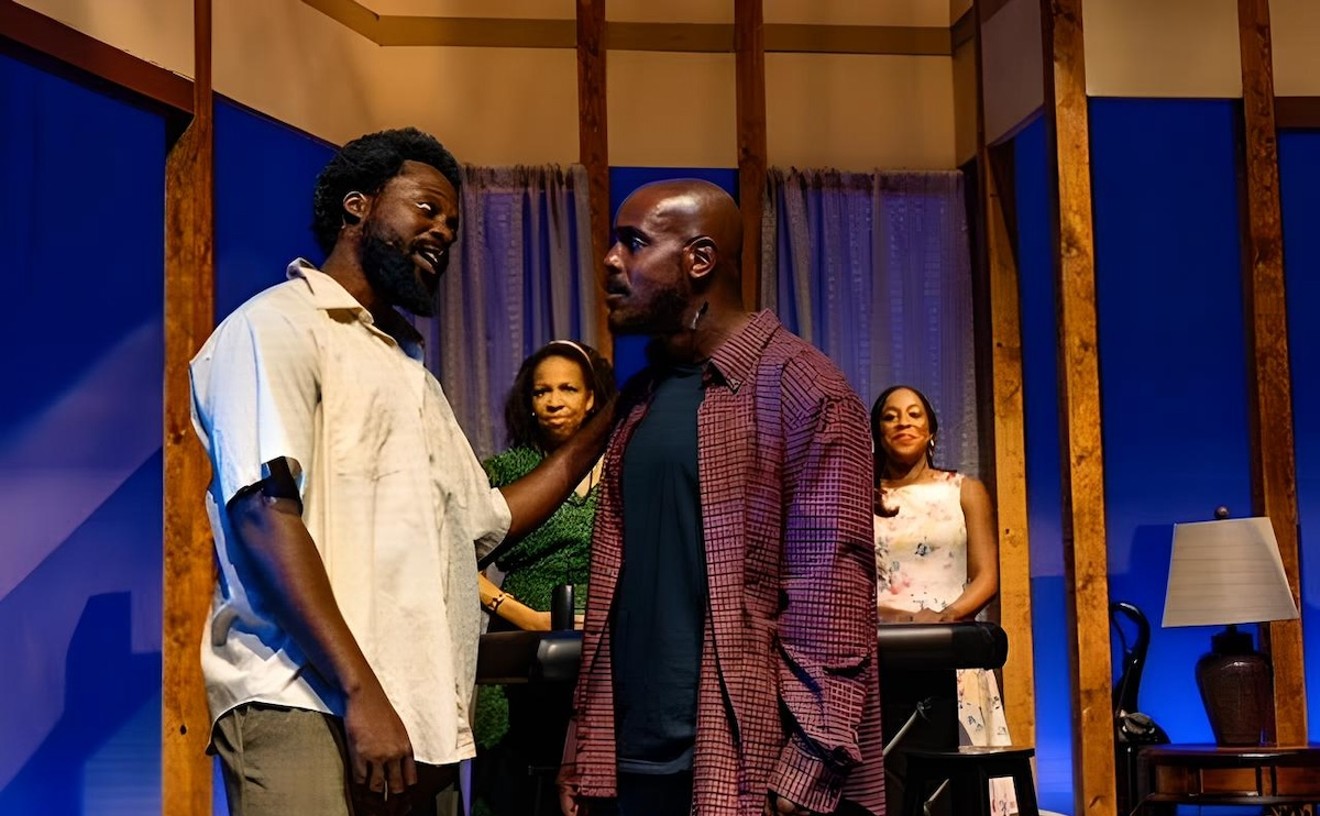Apples, even those that are hexed and laced with hate, just aren't that poisonous. If the Evil Queen had gotten a few tips from Frost Science's latest exhibition, "The Power of Poison," before attempting to kill Snow White, maybe things would have gone her way.
But there's still hope for scheming and/or inquiring Miamians to learn in-depth about the deadliest substances across the land. It turns out Florida is filled with death-inducing things. The venomous creatures and toxic plants of the Sunshine State won't place you in a beauty-enhancing, death-like sleep; they'll turn out the lights for good, especially if there's no antidote in sight.
The rosary pea (or jequirity seed), for instance, contains enough abrin in a single seed to be fatal to humans if ingested. But it's not all bad news where poison is concerned, and Frost Science's new exhibition, which opens this Saturday, May 26, will include digital interactive stations that explain how poisonings led to advancements in forensic detection.
"Poison has played a role throughout history. It’s found in fairy tales, politics, and even science," says Andy Dehart, the vice president of husbandry at the museum. "Although poison has long had a stigma attached to it, modern-day science is allowing us to look at these toxic substances in a new light. Many of the new discoveries around poison and venom have led to medical advances that could ultimately help people rather than hurt them."
The museum’s largest and most ambitious special exhibition to date, "The Power of Poison" will extend from the Hsiao Family Special Exhibition Gallery, on the museum's ground floor — where visitors can view bubbling cauldrons and Wonderland-esque displays — to other parts of Frost Science's campus. There will be milkweed and monarch butterflies on the rooftop terraces, for instance, and the animal exhibits on fourth level will also be part of the show. In perusing these upper-floor areas, visitors will eye dangerous scorpionfish, stonefish, and poison dart frogs.
"These beautiful small frogs secrete lipophilic alkaloid toxins from their skin," Dehart explains. "They don’t generate this poison on their own, though — it’s built up from the alkaloids found in the ants and termites they eat. Because these small frogs have such a toxic defense mechanism, they are able to be out in the open during the day, whereas many frogs are nocturnal. The local predators know not to eat these frogs."
Other animals that guests will be able to see up close and personal are local lionfish and venomous snakes. "Many people do not know there is a huge difference between poison and venom," Dehart says. "I often hear people use the term 'poisonous snake.' In fact, snakes are venomous, not poisonous. Poison is something you must ingest or absorb, and venom is something that gets into your body via puncture such as a sting or a bite."
Tidbits such as those will make you smarter when checking out the new exhibition. At the very least, you'll learn why it's in your best interest to respectfully decline a gift of sugar-coated rosary pea seeds.
"The Power of Poison." Saturday, May 26, through September 3 at Frost Museum of Science, 1101 Biscayne Blvd., Miami; 305-434-9600; frostscience.org. Admission costs $17 to $29 and is free for museum members and children aged 2 or younger.
[
{
"name": "Air - MediumRectangle - Inline Content - Mobile Display Size",
"component": "19274298",
"insertPoint": "2",
"requiredCountToDisplay": "2"
},{
"name": "Editor Picks",
"component": "17482312",
"insertPoint": "4",
"requiredCountToDisplay": "1"
},{
"name": "Inline Links",
"component": "18711090",
"insertPoint": "8th",
"startingPoint": 8,
"requiredCountToDisplay": "7",
"maxInsertions": 25
},{
"name": "Air - MediumRectangle - Combo - Inline Content",
"component": "17482310",
"insertPoint": "8th",
"startingPoint": 8,
"requiredCountToDisplay": "7",
"maxInsertions": 25
},{
"name": "Inline Links",
"component": "18711090",
"insertPoint": "8th",
"startingPoint": 12,
"requiredCountToDisplay": "11",
"maxInsertions": 25
},{
"name": "Air - Leaderboard Tower - Combo - Inline Content",
"component": "17482313",
"insertPoint": "8th",
"startingPoint": 12,
"requiredCountToDisplay": "11",
"maxInsertions": 25
}
]












